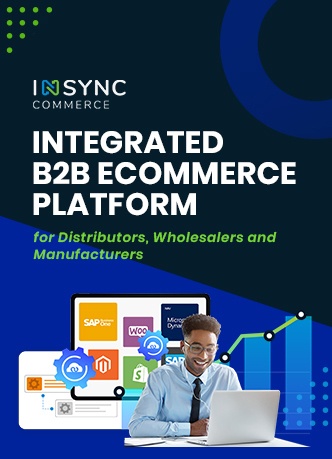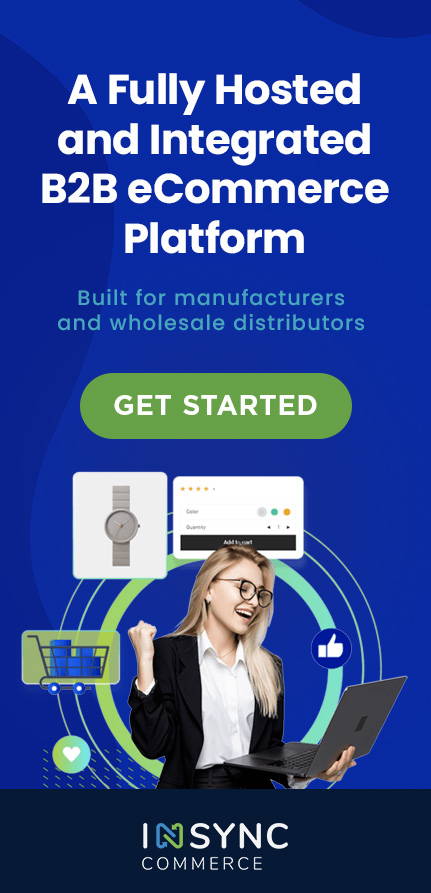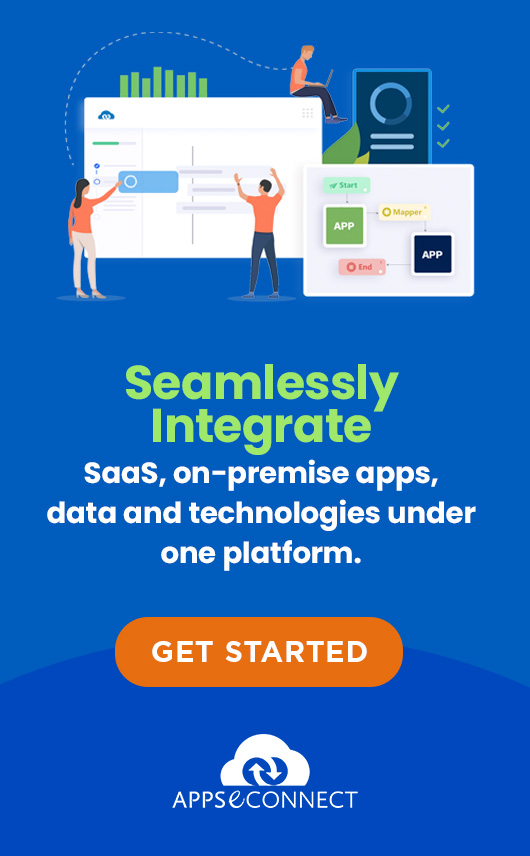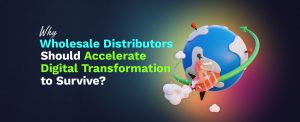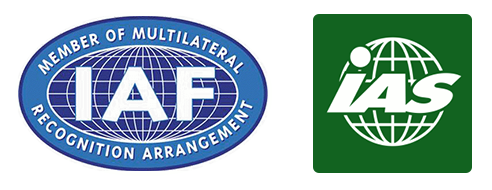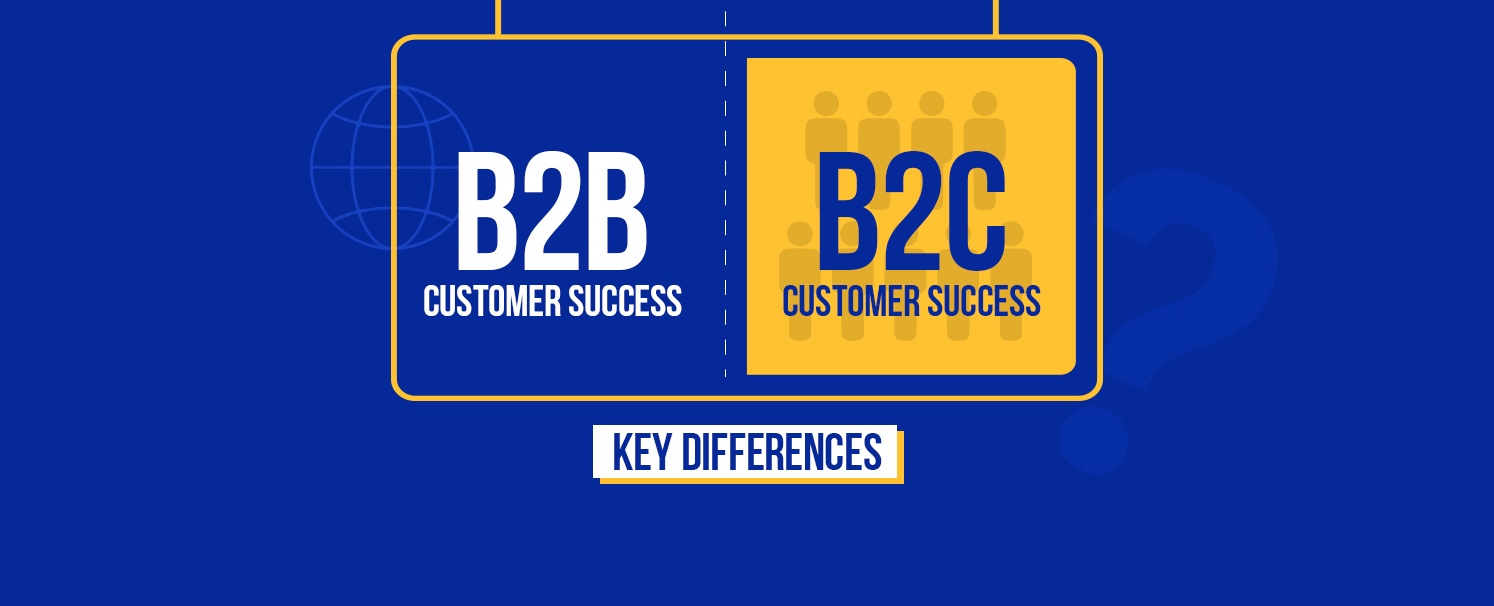
In today’s market, customer success is core to the growth of any business. The relationship-focused client management system is designed to make sure the customer achieves success using the products and services provided by the company. This in turn increases customer loyalty and retention, reduces customer churn, provides stable renewal sales, and allows the business owner to up-sell to these customers.
While customer success is fundamental to the successful operation of any business, how that customer success is achieved can vastly differ based on the business model of that company, namely a B2B or a B2C business model. The methods used for achieving customer success for a B2B model cannot be used for a B2C model and vice versa, and if used can lead to drastic results, if not outright loss of customers. So, let us take look at the core differences between B2B and B2C customer success, so that you may achieve success for your own business.
Putting the Differences side by side – B2B vs B2C
Before we take a look at the differences between B2C and B2B customer success, let us first understand what are the distinctions between a B2B and a B2C business model.
In a B2B business model, the commercial transactions take place between two businesses, usually mutually dependent on each other for their optimal operations, for example, the transactions between a company that manufactures raw materials and a company that coverts said raw materials into final products bought by the customers. On the other hand, in a B2C model, the transaction takes place between the company and the end-user customer. Thus, for a B2B model, the customer is another company, while for B2B the customer is usually just an individual.
Now that we know the differences between a B2B and B2C business model, let us look into the different aspects of the customer success for both business models.
The Road to Customer Success
Building a Relationship
One of the most important steps towards customer success is building a relationship between the customer and the business. The relationship-building process for B2B is far more in-depth and requires more time to be put into it. The B2B model emphasizes building a strong interpersonal relationship between the two companies. This in return leads to a more loyal customer base that provides sustainable revenue throughout the year.
The B2C model is more time-efficient and focuses more on the customer buying the immediate product than on building long-lasting business relationships. Thus, the B2C customer relationship process is more short-term transactions oriented while the B2B model is a more long-term growth-oriented process.
Customer Base – More is Less and Less Is More
The customer base for B2B and B2C are the polar opposites of each other, and thus the customer success process is also vastly different.
For B2C the size of the customer base is far larger than that of B2B, but the average returns per sale for B2C are also much lower. Thus, under B2C, if a customer is not satisfied by the product or service, the company might lose a fraction of their profits, whereas for B2B a dissatisfied customer may result in millions, if not billions, in a loss.
Thus, it is more practical and profitable to have a dedicated Customer Success Manager for individual clients for B2B instead of B2C.
The Customer’s Journey to Success
The customer success process is always a journey; however, the journey is relatively shorter for B2C. The entire process from onboarding to product adoptions is designed to be made as simple and fast as possible. This is done through clever utilization of advertisements that generate a need for the product within the customer and business automation processes that streamlines the buying process.
The B2B customer success process is much more in-depth and goes through several stakeholders within the company. There is a need to appeal to the emotional and rational decision-making process of the business owners, in order to arrive at a deal that is a good fit for both parties. For this, the customer journey requires a far more personal and hands-on approach. The process also takes into consideration legal formalities and requires open communications through regular calls or meetings throughout the entire customer success journey.
Know what to advertise
Under B2B, the customers are businesses who are very much aware of the market and the industry, so while choosing a service or product, they are looking for an expert who also knows and understands the terminology and the technical aspects of the market. Thus, when making an advertisement directed towards a B2B audience, the advertisement needs to speak the language of the target audience and utilize proper industry terminology.
On the other hand, for B2C, the customers are more emotionally driven, thus the advertisement targeting them should be simple to understand with strong emotional elements associated with it, to entice the customer into buying the company’s product or services.
The Complexity of Issues
While every business would like to have their customers never face any issues with their product or services, eventually some customers will face issues. Since the type of product or services bought under B2B tends to be more sophisticated, the issues also tend to be more complex and requires a dedicated team with constant back and forth communication to resolve the issue. This is usually not the case for B2C. The issues under B2C tend to be simpler and an automated system is put in first to solve the issue. An expert is dispatched only after the automated system fails to resolve the problem.
The Right Tool for The Right Job
The tools and technology a business uses should be influenced by the type of customer they cater to. The features provided by software designed for B2B services are not the same for B2C. Customer support software’s designed for B2C usually doesn’t store data about the customers as the number of customers are far too many and usually of no importance, while on the other hand for B2B the issues are archived for future references, identifying trends, how the issue was resolved, etc.
Customer success definitely means different things for a B2B and B2C company. From the relationship-building process to how the advertisement for the different customer base should be designed, are very much different, yet the success of the customer is still at the core of it and is a fundamental pillar for both business models.
Get started with your B2B eCommerce store and gain a competitive edge in the market!



